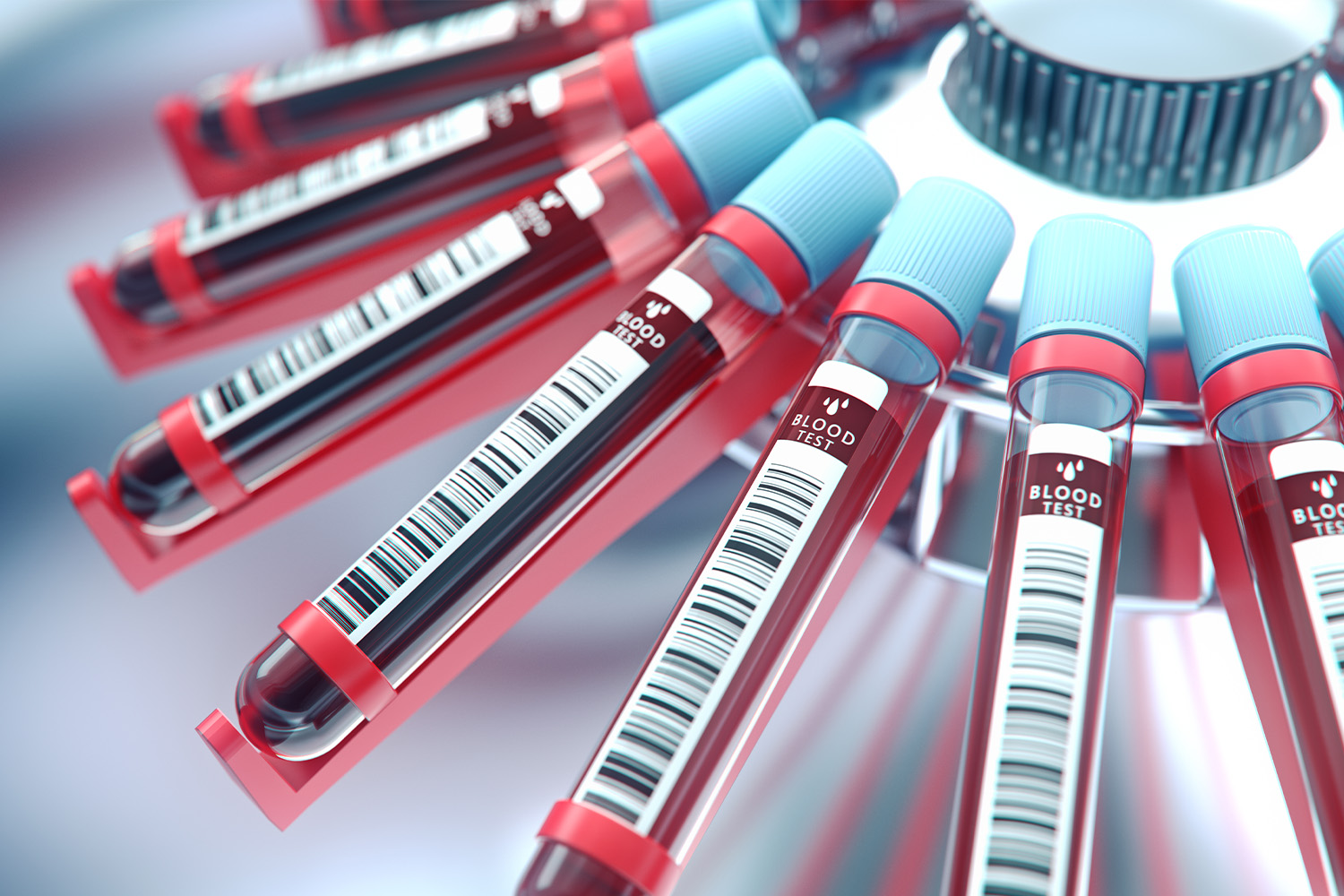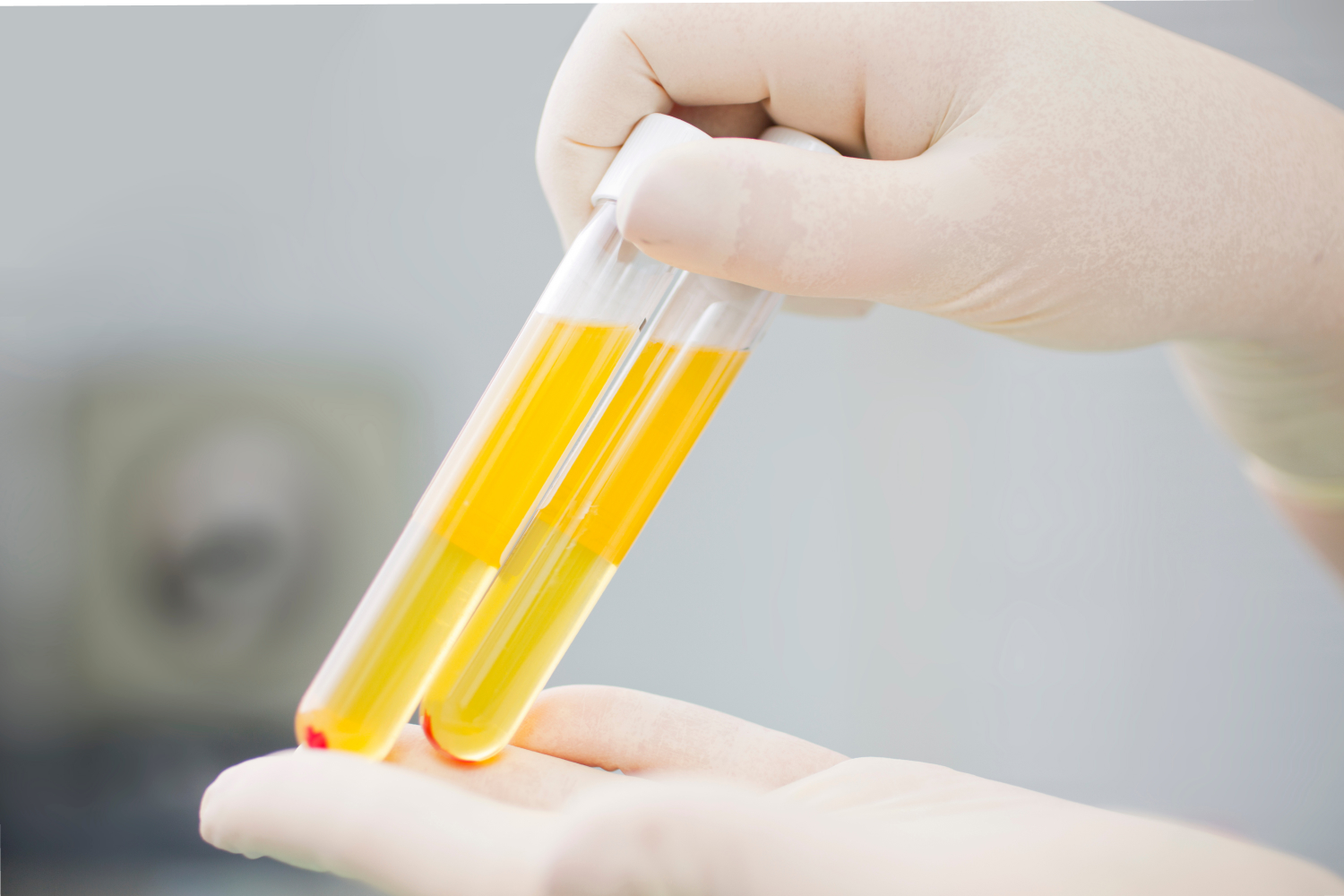The precision of cancer diagnostics is a foundation for effective treatment and patient care. iProcess Global Research stands at the intersection of innovation and clinical application, emphasizing the importance of biopsy techniques.
Liquid and tissue biopsies — each with unique merits — are instrumental in our pursuit of understanding cancer’s complexity. These methodologies shed light on the disease at a molecular level and guide us in tailoring personalized treatment strategies.
As we review the nuances of both approaches, we aim to elucidate their roles in enhancing diagnostic precision, informing treatment decisions, and monitoring therapeutic efficacy. This exploration is essential for clinicians and researchers alike, ensuring the most informed choices are made in the battle against cancer.
What Is a Tissue Biopsy?
A tissue biopsy — a procedure steeped in medical tradition — directly extracts cells or tissues from a tumor or area of interest within the body. This technique allows for microscopic examination, enabling pathologists to observe the disease’s presence, extent, and nature.
Tissue biopsies have long been the gold standard in cancer diagnostics, offering a detailed view of the tumor’s cellular makeup. Through this method, clinicians can determine the cancer type, its aggressiveness, and potential response to treatment.
The process, while invasive, provides invaluable insights into the genetic and molecular aspects of the tumor, guiding therapeutic decisions and contributing significantly to personalized medicine approaches in oncology research.
What Is a Liquid Biopsy?
On the other hand, a liquid biopsy represents a groundbreaking advancement in cancer diagnostics, offering a less invasive alternative to traditional tissue biopsies. This innovative method detects and analyzes fragments of cancer DNA or cells circulating in the blood, providing a dynamic snapshot of the disease.
Liquid biopsies promise early cancer detection, real-time monitoring of treatment response, and the identification of molecular changes that may signal resistance to therapy.
As a tool, it’s reshaping oncology by enabling more frequent, non-invasive patient cancer assessments and facilitating timely treatment plan adjustments. The technology behind liquid biopsies, which includes advanced genomic sequencing and analysis, is rapidly evolving, marking a new era in the quest for more effective, personalized cancer care.
How Do Tissue and Liquid Biopsies Compare?
Comparing tissue and liquid biopsies reveals distinct approaches to cancer diagnostics, each with its specific utility in the patient care continuum. Tissue biopsies, requiring physical samples from the tumor, offer a highly detailed look at the cancer’s histology and molecular genetics.
This method is unparalleled in providing the definitive diagnosis and characterization of tumors, which is essential for initial treatment decisions. However, its invasiveness can be a limitation, particularly for patients for whom surgery poses significant risks or for tumors located in hard-to-reach areas.
Liquid biopsies, conversely, offer a minimally invasive snapshot of the tumor’s current genetic landscape by analyzing circulating tumor DNA (ctDNA) or cells from a simple blood draw. This technique allows for the ongoing monitoring of tumor evolution and the detection of resistance mutations, offering a dynamic view of the disease over time.
While liquid biopsies excel in accessibility and patient comfort, their sensitivity and specificity can vary based on the tumor type and stage, potentially limiting their standalone diagnostic capability.
The comparison between these two methodologies underscores a complementary relationship rather than a direct competition. Tissue biopsies provide the depth of information important for the initial diagnosis and molecular profiling, while liquid biopsies offer a broader, dynamic range of applications, particularly useful for monitoring treatment response and disease progression.
The choice between them — or the decision to use both — depends on the clinical context, the specific information required, and the patient’s condition, highlighting the nuanced decision-making process in optimizing cancer care.
What Are the Pros and Cons of Tissue Biopsies?
Tissue biopsies have been the cornerstone of cancer diagnostics for decades, providing insights into tumors’ molecular and cellular underpinnings. Their value in the clinical setting is undeniable, yet they come with their own set of limitations.
Pros:
- Comprehensive Analysis: Tissue biopsies allow for a thorough examination of the tumor’s cellular structure, offering detailed information on tumor histology, genotype, and phenotype.
- Diagnostic Accuracy: They serve as the gold standard for cancer diagnosis, enabling precise identification of cancer types and subtypes, which is essential for selecting the most effective treatment plan.
- Molecular Insights: The ability to analyze the tumor tissue’s genetic makeup helps identify specific mutations and biomarkers, guiding personalized medicine approaches.
- Treatment Monitoring: Repeated biopsies, though less common due to their invasive nature, can provide insights into the evolution of the tumor and its response to treatment over time.
Cons:
- Invasiveness: The procedure involves extracting tissue from the tumor, which can be painful and pose risks such as infection or bleeding, particularly for tumors in difficult-to-reach locations.
- Limited Accessibility: For patients with advanced or metastatic cancer or tumors in sensitive or inaccessible areas, tissue biopsies may not be feasible.
- Temporal Snapshot: Tissue biopsies provide a snapshot of the tumor at a single point in time. They may not capture the heterogeneity of the tumor or the dynamic changes it undergoes during treatment.
- Resource Intensive: The procedure requires specialized skills for both the biopsy and the pathological analysis, making it resource-intensive and potentially delaying diagnosis and treatment.
Understanding these pros and cons is essential for clinicians and researchers to select the most appropriate diagnostic approach for each patient.
While tissue biopsies offer invaluable insights into cancer biology, their limitations underscore the need for complementary diagnostic methods to provide a more complete picture of the tumor and its behavior over time.
What Are the Pros and Cons of Liquid Biopsies?
Liquid biopsies have emerged as a revolutionary tool in oncology, providing a less invasive alternative to traditional tissue biopsies. This innovative approach to cancer diagnostics and monitoring offers several advantages but faces its own challenges.
Pros:
- Non-Invasive Procedure: The most significant advantage is its non-invasive nature, requiring only a blood draw, which minimizes patient risk and discomfort.
- Dynamic Disease Monitoring: Liquid biopsies can be performed more frequently than tissue biopsies, allowing for real-time monitoring of tumor evolution and response to treatment.
- Early Detection: They have the potential to detect cancer at earlier stages by identifying circulating tumor DNA (ctDNA) or cells in the blood, possibly before the cancer is detectable by other means.
- Identifying Resistance Mechanisms: By detecting genetic mutations and alterations in ctDNA, liquid biopsies can identify mechanisms of resistance to treatments, guiding adjustments in therapy.
Cons:
- Sensitivity and Specificity Concerns: The accuracy of liquid biopsies can vary depending on the type and stage of cancer, with potential issues in detecting low levels of ctDNA in early-stage cancers.
- Limited Information: Liquid biopsies provide valuable genetic and molecular information, but they may lack the comprehensive cellular architecture details obtained from tissue biopsies.
- Interpretation Challenges: The presence of ctDNA from non-tumor sources, such as clonal hematopoiesis of indeterminate potential (CHIP), can complicate the interpretation of results.
- Cost and Accessibility: The technology and expertise required for liquid biopsies are still evolving, which may limit accessibility and increase costs, particularly in resource-limited settings.
The development of liquid biopsies represents a significant advance in cancer care, offering a complementary tool to tissue biopsies.
By understanding the pros and cons of this approach, medical professionals can better leverage its benefits while navigating its limitations, ultimately enhancing patient care and treatment outcomes.
How To Choose Between Liquid and Tissue Biopsies
Choosing between liquid and tissue biopsies in cancer research and diagnostics involves a nuanced understanding of each method’s strengths and limitations.
The decision is a strategic selection based on the patient’s specific needs, the type and stage of cancer, and the objectives of the investigation or treatment.
Clinical Context and Cancer Type
The nature of the cancer itself plays an important role in determining the most appropriate biopsy technique. For solid tumors that are accessible and where histological examination is paramount for diagnosis, tissue biopsies remain the gold standard.
Their ability to provide detailed insights into the tumor’s architecture and microenvironment is unmatched, offering a comprehensive view necessary for certain therapeutic decisions.
Conversely, for cancers known for their heterogeneity or in cases where the tumor is in a challenging location, liquid biopsies offer a compelling alternative. The ease of obtaining samples and the potential to capture the tumor’s genetic diversity through circulating DNA make liquid biopsies an attractive option for ongoing monitoring and detecting minimal residual disease.
Diagnostic Goals and Treatment Monitoring
The objectives of the biopsy also significantly influence the choice between liquid and tissue samples. When the goal is to establish a primary diagnosis and obtain a detailed molecular profile of the tumor, tissue biopsies are often preferred. Their depth of information facilitates targeted therapy selection and provides a baseline for future comparisons.
For monitoring disease progression, detecting recurrence, or assessing treatment efficacy, liquid biopsies present a less invasive method with the flexibility for repeated sampling. This ability to track changes in the tumor’s genetic makeup over time is invaluable for adapting treatment plans in response to evolving resistance mechanisms.
Patient Considerations and Quality of Life
Patient safety, comfort, and overall quality of life are paramount considerations. The invasive nature of tissue biopsies, while sometimes necessary, can pose risks and cause discomfort to patients.
Liquid biopsies, with their minimally invasive approach, minimize these concerns, offering a patient-friendly alternative that can be particularly beneficial for individuals with advanced disease or those unable to undergo surgical procedures.
Integration into Clinical Workflow
The integration of biopsy techniques into existing clinical workflows and their alignment with treatment protocols also influence the choice. With their rapid turnaround and ease of integration, liquid biopsies can offer timely insights that are important in fast-paced clinical settings.
However, the established protocols and comprehensive data provided by tissue biopsies ensure they remain an integral part of cancer diagnostics.
What Is the Future of Biopsy Techniques in Cancer Research?
As we look toward the future of cancer research and diagnostics, the evolution of biopsy techniques is a beacon of progress, illuminating new paths for patient care and treatment strategies.
At iProcess Global Research, we’re active participants in this revolution, leveraging our expertise in biospecimen collection and our commitment to technological advancement to enhance the utility and accuracy of both liquid and tissue biopsies.
Harnessing AI and Machine Learning
Our dedication to innovation propels us forward, especially in integrating artificial intelligence (AI) and machine learning into analyzing and interpreting biopsy data. This integration promises to transcend current limitations, offering more nuanced insights into tumor biology, treatment resistance, and disease progression.
By analyzing vast datasets, AI can uncover patterns and predictions that were previously unattainable, pushing the boundaries of personalized medicine and opening new avenues for targeted therapies.
Navigating the Path Forward
The path ahead in cancer diagnostics is one of collaboration and innovation. The synergy between liquid and tissue biopsies — enhanced by AI and machine learning — offers a glimpse into a future where diagnostics are more precise and patient-centric.
Combining the depth of tissue biopsies with the dynamism of liquid biopsies, this dual approach will enable clinicians and researchers to adapt treatment plans in real-time, offering hope for improved patient outcomes and quality of life.
Conclusion
In the dynamic field of cancer research, the choice between liquid and tissue biopsies represents an important juncture in the diagnostic process, each with its distinct advantages and challenges.
At iProcess Global Research, we aim to empower this choice, providing researchers and clinicians with high-quality biospecimens and leveraging cutting-edge technologies to enhance diagnostic precision. As we look to the future, our focus remains on advancing the capabilities of both biopsy techniques, ensuring that the most informed decisions are made for patient care.
We invite you to join us as we continue to explore and contribute to cancer diagnostics and treatment advancements. Together, we can pave the way for a future where cancer diagnostics are more accurate, less invasive, and tailored to each patient’s unique needs.
To learn more about clinical research and development, visit our blog.
Sources:
What Is a Biopsy? Purpose & Results | Cleveland Clinic
Liquid Biopsy: What It Is & Procedure Details | Cleveland Clinic
Find Your Cancer Type | Cancer
Biopsy: Types of biopsy procedures used to diagnose cancer | Mayo Clinic




